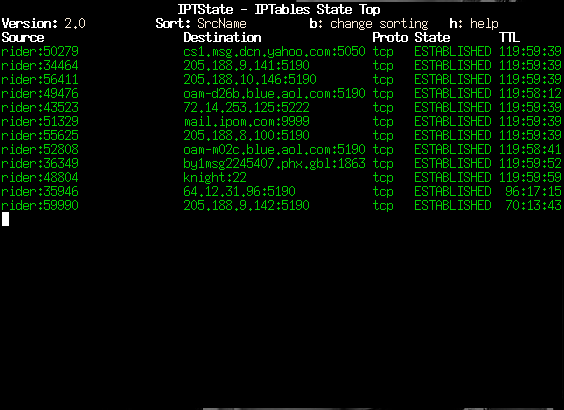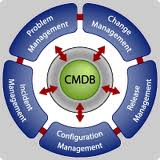 In these days I have seen in a somewhat more detailed way collectd, an excellent tool for collecting statistics on various aspects of our Linux servers.
In these days I have seen in a somewhat more detailed way collectd, an excellent tool for collecting statistics on various aspects of our Linux servers.
From Wikipedia: “collectd is a UNIX-daemon which collects, transfers and stores performance data of computers and network equipment. The acquired data is meant to help system administrators maintain an overview over available resources in order to detect existing or looming bottlenecks.
The first version of the daemon was written in 2005 by Florian Forster and has been further developed as free open-source project. Other developers have written improvements and extensions to the software that have been incorporated into the project. Most files of the source code are licensed under the terms of the GNU General Public License, version 2 (GPLv2), the remaining files are licensed under other open source licenses”




